OVERVIEW
The global edge computing market is likely to be valued at USD 8.95 billion by 2024, growing over the forecast period at a CAGR of 26.33 %. Increased demand for low latency and real-time storage, use of the Internet of Things (IoT) across markets, and automated decision-making technologies are expected to propel market growth.
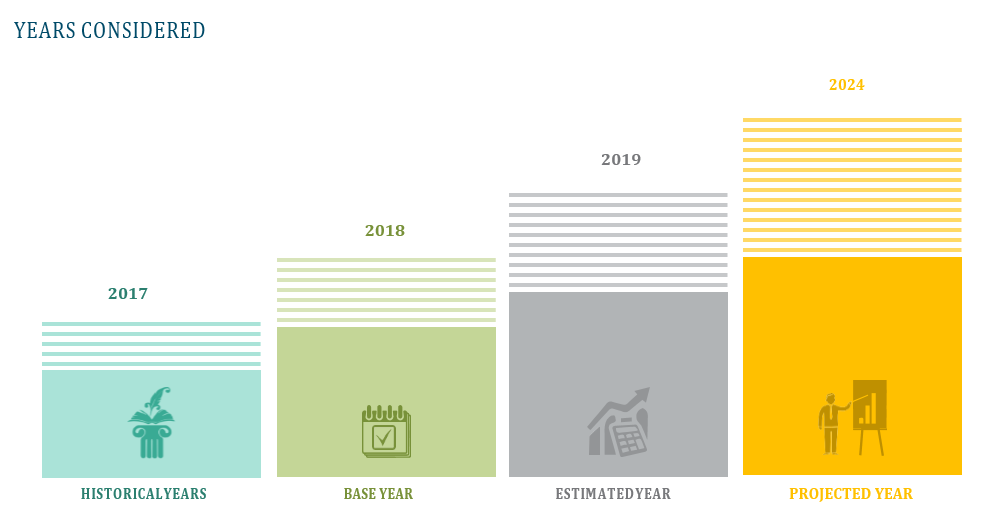


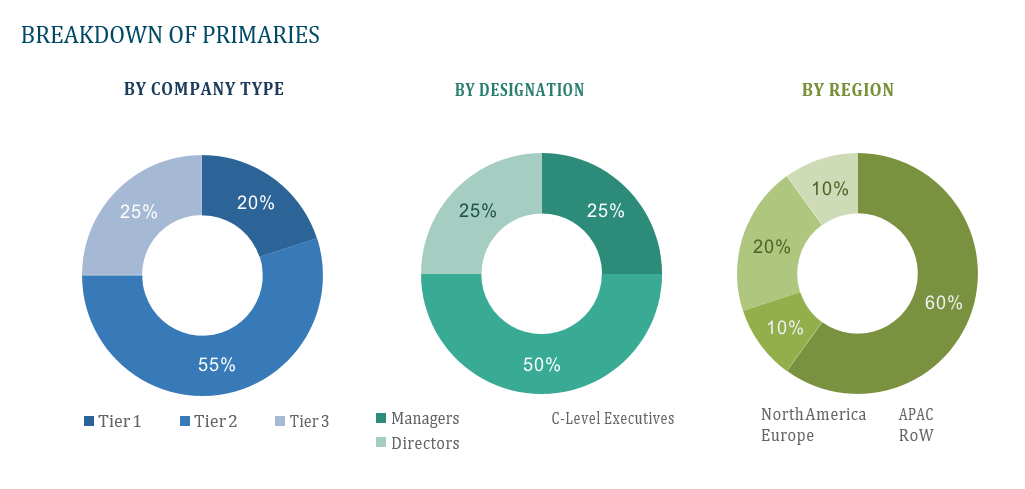
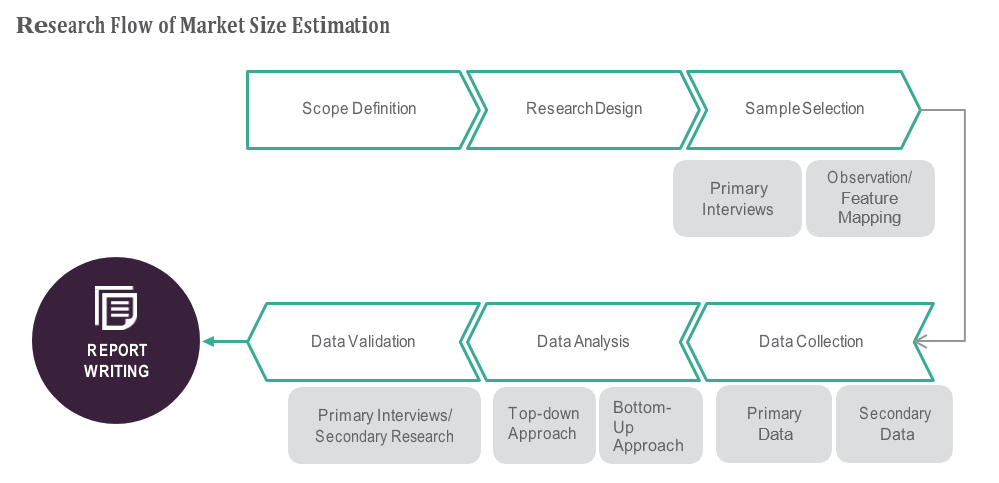

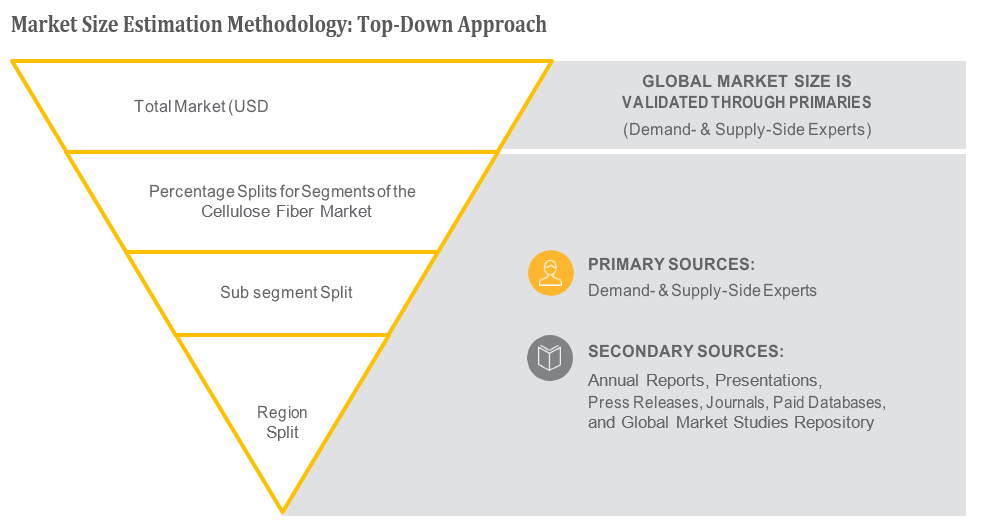
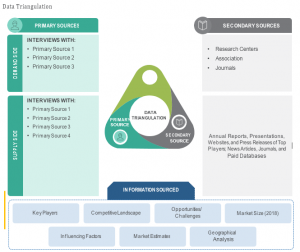
TABLE OF CONTENT
1 Global Edge Computing Market
1.1 Study Objectives
1.2 Market Definition
1.3 Study Scope
1.3.1 Markets Covered
1.3.2 Geographic Scope
2 RESEARCH METHODOLOGY
2.1 Research Data
2.1.1 Secondary Data
2.1.1.1 Key Data From Secondary Sources
2.1.2 Primary Data
2.1.2.1 Key Data From Primary Sources
2.1.2.2 Key Industry Insights
2.1.2.3 Breakdown of Primaries
2.2 Market Size Estimation
2.2.1 Bottom-Up Approach
2.2.2 Top-Down Approach
2.3 Market Breakdown and Data Triangulation
2.4 Research Assumptions
3 Global Edge Computing Market – Executive Summary
3.1 Market Revenue, Market Size and Key Trends by Company
3.2 Key Trends by type of Application
3.3 Key Trends segmented by Geography
4 Global Edge Computing Market – Comparative Analysis
4.1 Product Benchmarking – Top 10 companies
4.2 Top 5 Financials Analysis
4.3 Market Value split by Top 10 companies
4.4 Patent Analysis – Top 10 companies
4.5 Pricing Analysis
5 Global Edge Computing Market – Industry Market Entry Scenario
5.1 Regulatory Framework Overview
5.2 New Business and Ease of Doing business index
5.3 Case studies of successful ventures
5.4 Customer Analysis – Top 10 companies
6 Global Edge Computing Market – Market Forces
6.1 Introduction
6.2 Market Dynamics
6.2.1 Drivers
6.2.2 Opportunities
6.2.3 Challenges
6.3 Porters Analysis of Market
6.3.1 Bargaining power of suppliers
6.3.2 Bargaining powers of customers
6.3.3 Threat of new entrants
6.3.4 Rivalry among existing players
6.3.5 Threat of substitutes
7 Global Edge Computing Market – Strategic Analysis
7.1 Value Chain analysis
7.2 Product Life Cycle
7.3 Supplier and distributor analysis (Market share and product dealing strategies)
8 Global Edge Computing Market – By Component (Market Size – & million/billion)
8.1 Services
8.2 Hardware
8.3 Platform
9 Global Edge Computing Market – By Organization Size
9.1 SMEs
9.2 Large Enterprises
10 Global Edge Computing Market – By Application
10.1 Smart Cities
10.2 Industrial Internet of Things (IIoT)
10.3 Remote Monitoring
10.4 Content Delivery
10.5 Augmented Reality (AR) and Virtual Reality (VR)
10.6 Others
11 Global Edge Computing Market – By End-User
11.1 Manufacturing
11.2 Energy and Utilities
11.3 Government and Defense
11.4 Transportation and Logistics
11.5 Telecommunications
11.6 Media and Entertainment
11.7 Healthcare and Life Sciences
11.8 Others
12 Global Edge Computing Market – By Geography (Market Size – & million/billion)
12.1 Introduction
12.2 North America
12.2.1 US
12.2.2 Canada
12.2.3 Mexico
12.3 Europe
12.3.1 U.K
12.3.2 Germany
12.3.3 Italy
12.3.4 France
12.3.5 Spain
12.3.6 Rest of Europe
12.4 Asia-Pacific
12.4.1 China
12.4.2 Japan
12.4.3 India
12.4.4 South Korea
12.4.5 Rest of APAC
12.5 Rest of the World
12.5.1 South America
12.5.2 Middle East
12.5.3 Africa
13 Global Edge Computing Market – Entropy
13.1 New product launches
13.2 M&A’s, collaborations, JVs and partnerships
14 Global Edge Computing Market Company Profile (Key Players)
14.1 Market Share, Company Revenue, Products, M&A, Developments
14.2 IBM
14.3 Nokia
14.4 Dell Technologies
14.5 Huawei
14.6 HPE
14.7 Cisco
14.8 Litmus Automation
14.9 Saguna Networks
14.10 Foghorn Systems
14.11 Machineshop
14.12 Company 11 & more
15 Global Edge Computing Market – Appendix
15.1 Sources
15.2 Abbreviations











